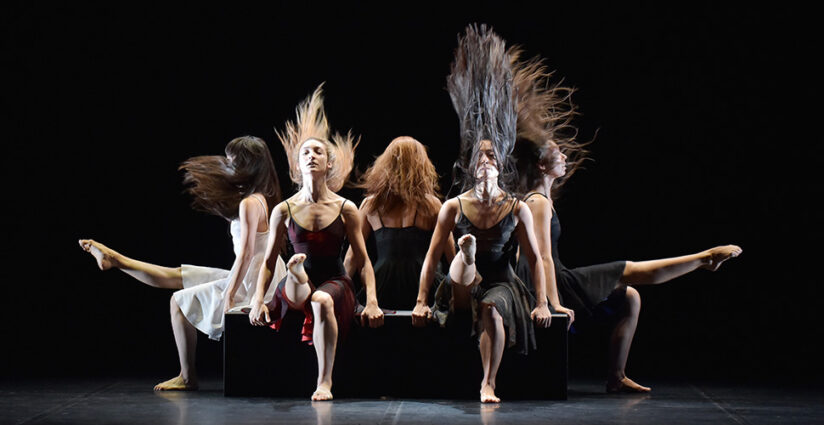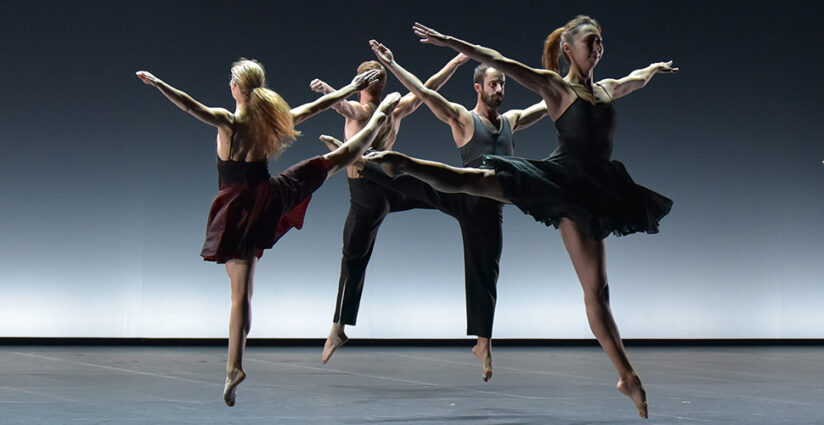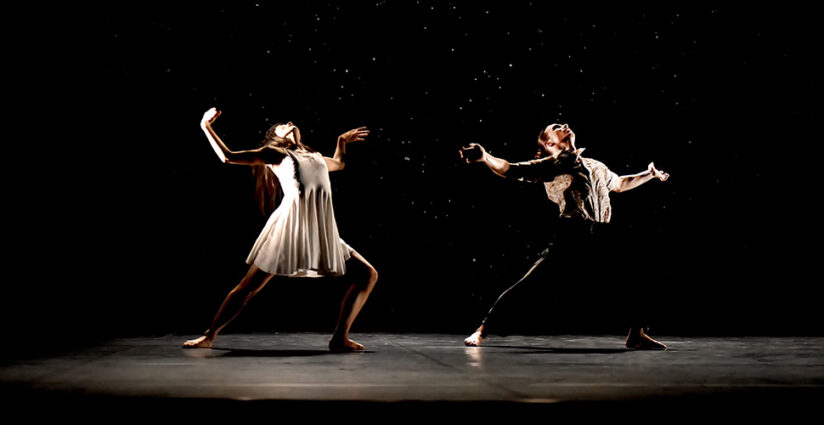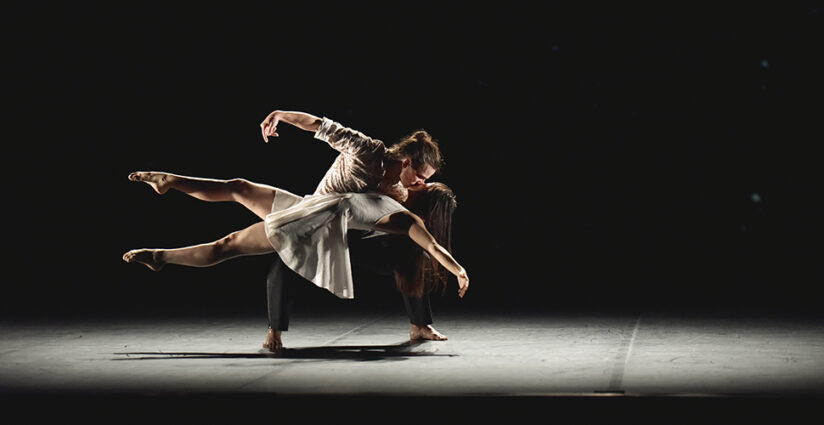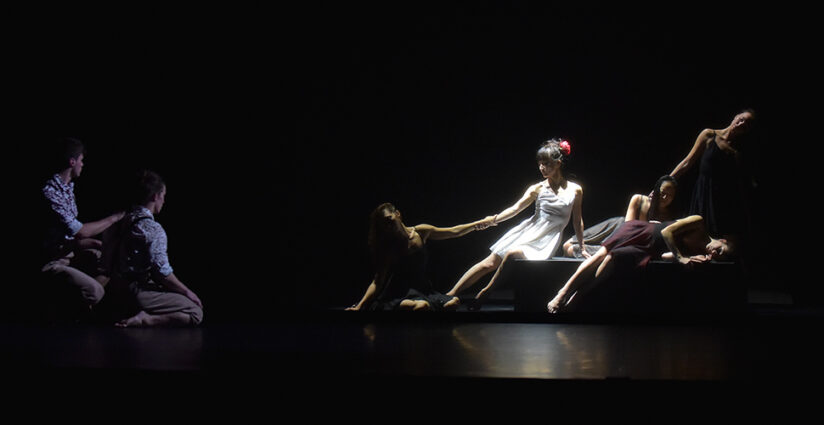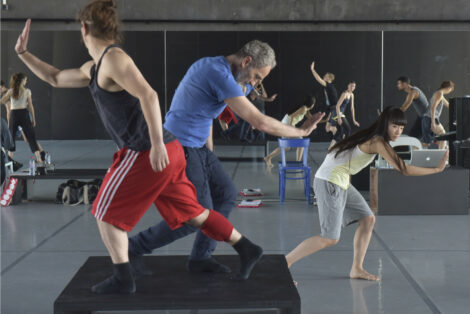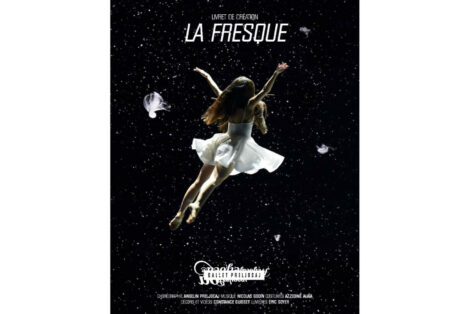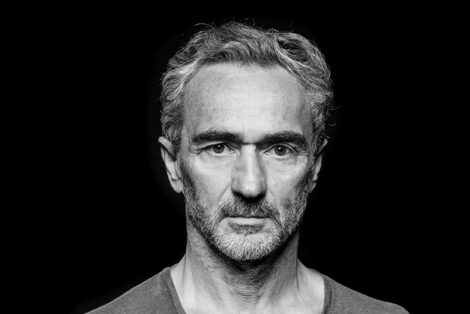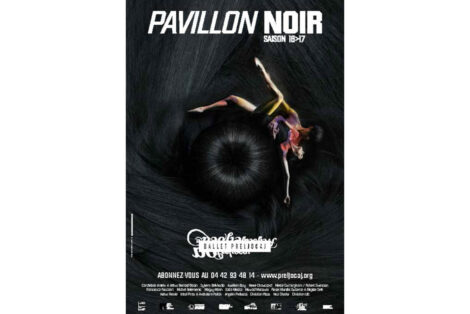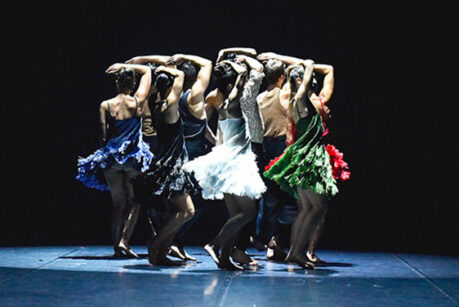After L’Anoure in 1995, Snow White in 2008 and Siddharta in 2010, Angelin Preljocaj is continuing his exploration of fairy tales by choosing, as he likes to do, a direction so far unexplored in his work, that of the traditional tales of Asia which are, as we know, rich sources of great poetic power. Thus The Painting on the Wall, plunges the reader into the fantastical world of Chinese tales and reveals the ‘supernatural’ power of the art of painting. If different readings are possible, the ideas of illusion and transcendence are omnipresent in the work.Angelin Preljocaj has chosen to immerse himself in the heart of this unusual world. Without literally telling its story, he retains the Chinese tale as the source of a more contemporary adaptation. Angelin Preljocaj harnesses the power of his imagination to transpose the story’s plot into a space at the crossing of cultures. He will, of course, preserve the essence of the fairy tale and the symbolism that it evokes.
"Might there be a secret passage that allows us to access the essence of a picture that fascinates us? Did Francis I, one day in Amboise, search for the path that would lead him to Mona Lisa? Did the Prince of Liechtenstein, when he acquired a canvas dating from the 16th century, believe that, if he looked at it assiduously, his imagination would acquire the power to teleport his body to Cranach’s Venus?
The Painting on the Wall, inspired by the famous eponymous Chinese story, tells us about this journey into another dimension where the picture becomes a place of transcendence and physical being enters into a relationship with the picture. This question of the picture is at the heart of our investigation. It also evokes Plato’s cave and its shadows, which question our existence. The ballet seeks to explore the mysterious relations between representation and reality, sites at which the dance creates the bonds that link the fixed image and movement, instantaneity and duration, the live and the inert. This metaphor running through the Chinese tale raises the question of representation in our civilisation. It speaks to us of the place of art in today’s society."

